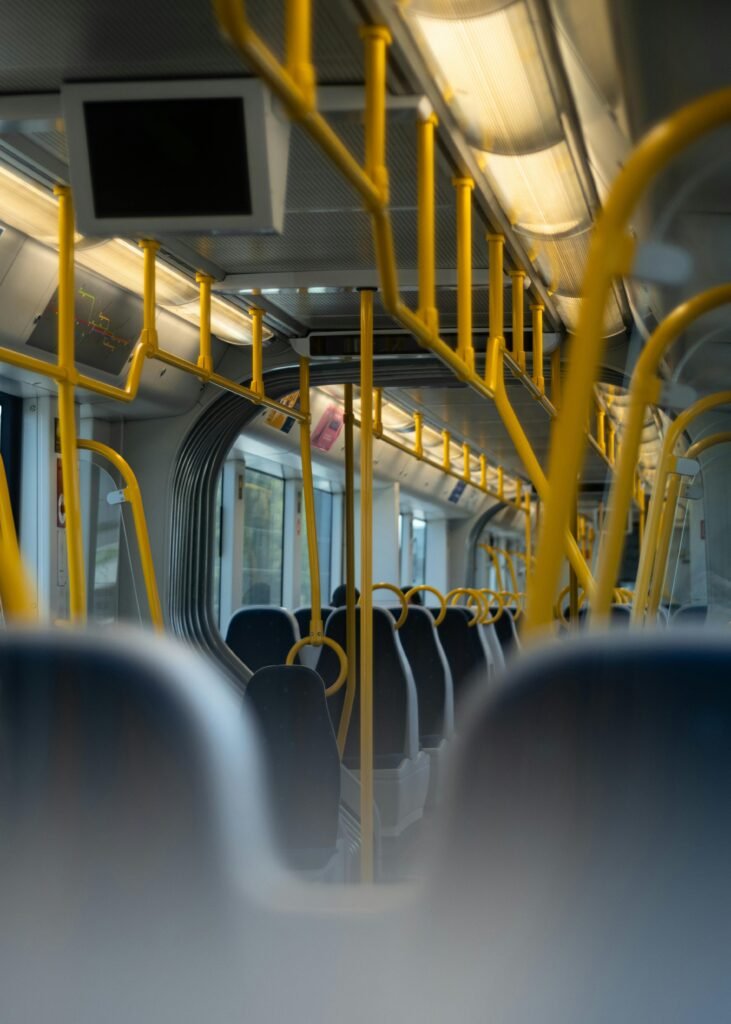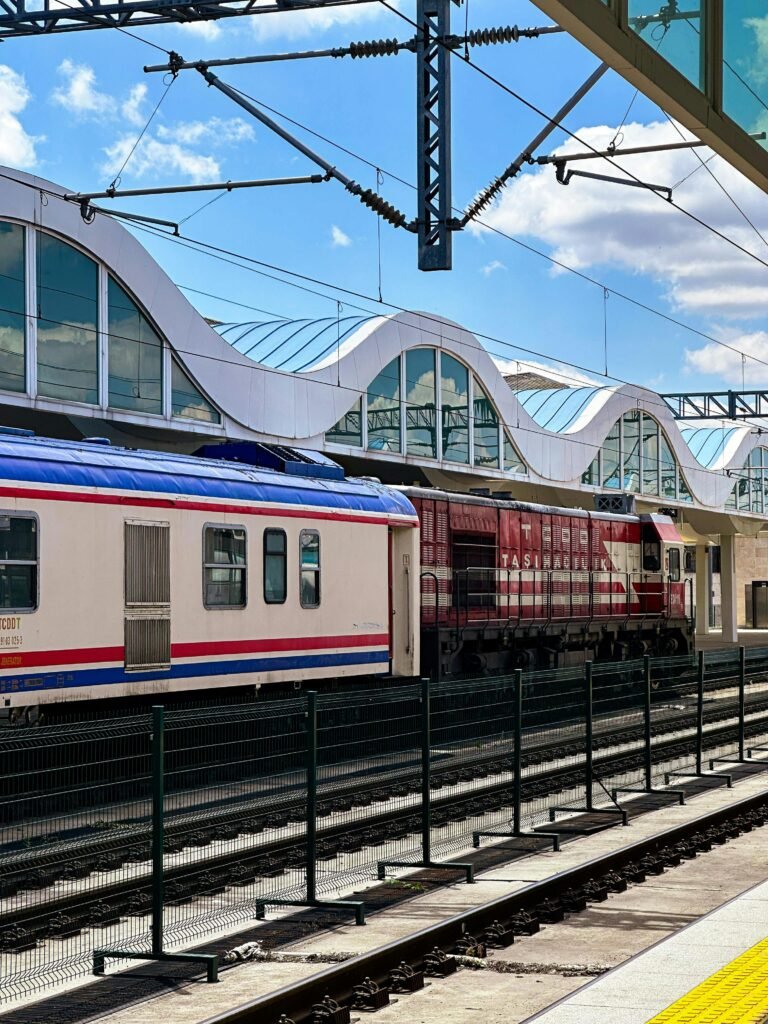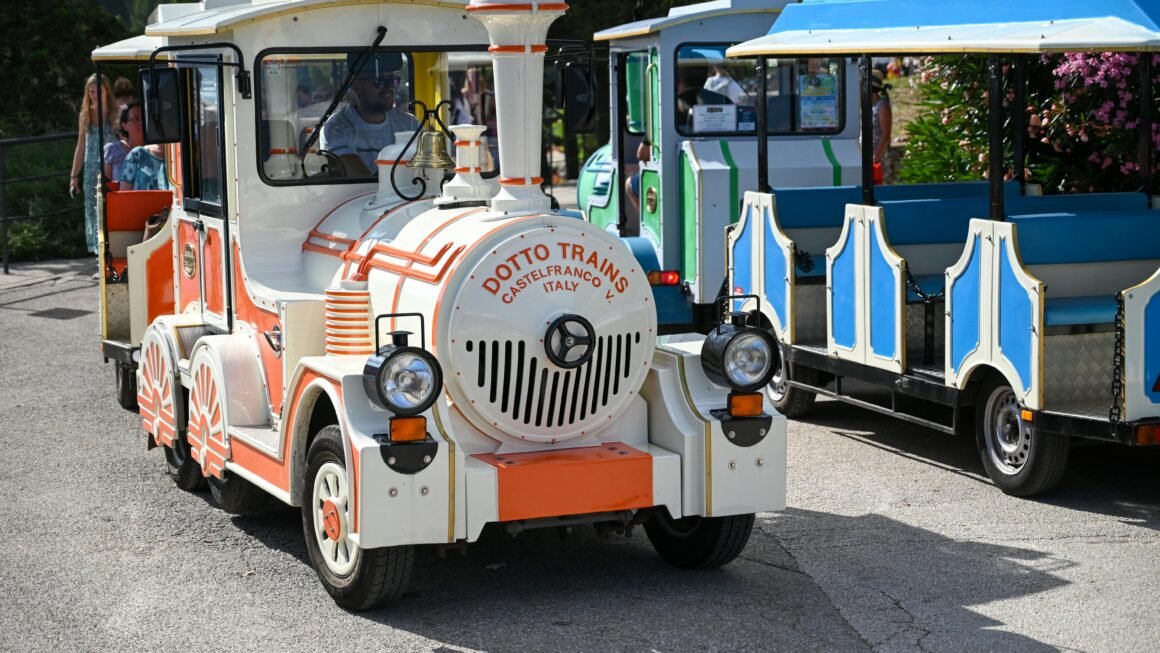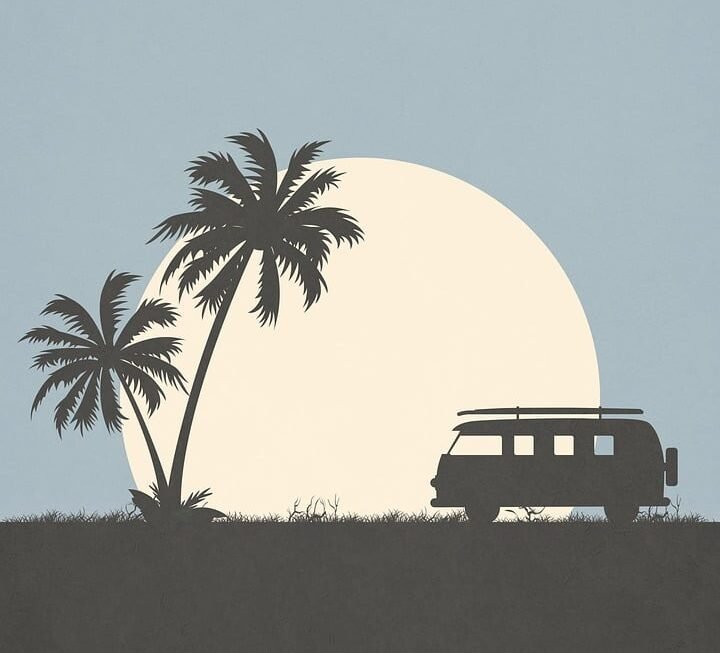Are you living in an apartment or a small space and struggling to find effective crate training techniques for your furry friend? Look no further! In this article, we will explore some practical and innovative ways to crate train your dog in limited spaces, helping them feel secure and comfortable while also maintaining the cleanliness and organization of your living area. Whether you have a new puppy or an adult dog, these techniques will surely make the crate training process a breeze for both you and your four-legged companion. So, let’s get started on creating a harmonious living environment for you and your beloved pet!

This image is property of images.pexels.com.
Choosing the Right Crate Size
When it comes to crate training your dog, one of the first things you should consider is the size and breed of your furry friend. Different breeds have different needs when it comes to crate space, so make sure to choose a crate that provides enough room for your dog to stand, turn around, and lie down comfortably.
For smaller breeds, a crate that’s around 24 inches long should suffice. For medium-sized dogs, go for a crate that’s around 30-36 inches long. Larger breeds may require a crate that’s 42 inches or more in length. Remember, the crate should not be too small or too big for your dog, as it can make them feel uncomfortable or anxious.
Additionally, you should also measure the available space in your apartment or small living area. Consider both the dimensions of the crate itself and the space needed to ensure your dog has enough room to move around without feeling cramped. Taking both your dog’s size and your living space into account will help you choose the right crate size for your specific situation.
Creating a Positive Association with the Crate
Introducing the crate as a safe and cozy space is essential in crate training. You want your dog to view the crate as their own little sanctuary, a place where they can go to relax and unwind. To achieve this, start by placing the crate in a quiet corner of your home, away from any loud noises or distractions.
To encourage your dog to enter the crate willingly, use treats and praise as positive reinforcement. Start by placing treats near the entrance of the crate, and gradually move them further inside. As your dog becomes more comfortable, toss treats inside the crate and praise them when they go inside. This positive association will help them see the crate as a rewarding and safe space.
Making the crate a part of your dog’s daily routine is also crucial. Incorporate crate time into their daily activities, such as meal times or nap times. By consistently using the crate at specific times, your dog will begin to associate it with positive experiences and familiarity.

This image is property of images.pexels.com.
Gradual Crate Training Process
Crate training should be a gradual process that allows your dog to become familiar and comfortable with their new space. Start by allowing your dog to explore the crate at their own pace. Leave the crate door open and let them sniff around, enter, and exit as they please. This will help them get accustomed to the crate without feeling pressured or confined.
Once your dog seems comfortable entering the crate, start incorporating short periods of time spent inside. Initially, close the crate door for just a few minutes while you’re in the room, gradually building up to longer durations. This gradual increase will help your dog feel at ease and prevent any feelings of anxiety or stress.
Throughout the crate training process, be sure to provide plenty of positive reinforcement. Praise your dog when they enter the crate and offer treats as rewards for good behavior. Always make crate time a positive experience for your dog, which will reinforce their trust in the crate and make the training process much smoother.
Using Crating Tools and Accessories
To enhance your dog’s comfort and make the crate training experience more enjoyable, there are several tools and accessories you can use. Providing a comfortable crate bed or mat is essential. Choose a bed or mat that is soft and cushioned, giving your dog a cozy spot to rest during their time in the crate. This will make the crate feel more inviting and pleasant for them.
Consider using crate covers or curtains to create a den-like environment. Dogs have a natural instinct to seek out small, enclosed spaces, so covering the crate can make it feel more secure and comforting for your furry friend. Just make sure that the cover allows for proper ventilation and doesn’t restrict airflow.
Interactive toys or puzzle feeders can also be a great addition to the crate. These toys provide mental stimulation and keep your dog entertained during crate time. By engaging their minds, you can help alleviate any potential boredom or restlessness while they’re in the crate.

This image is property of images.pexels.com.
Feeding and Watering in the Crate
Feeding meals and offering treats inside the crate is an effective way to strengthen your dog’s positive association with it. Start by placing your dog’s meals inside the crate, gradually moving the food bowl further in until it’s fully inside the crate. This will encourage your dog to enter and spend more time in the crate while associating it with the reward of food.
Ensure that fresh water is always available to your dog, even while they’re in the crate. A water bottle or a spill-proof water bowl attached to the side of the crate can be a convenient solution. Hydration is crucial, especially if your dog will be spending longer periods in the crate.
Establishing and maintaining a regular feeding schedule is also important. By providing regular meals and snacks at consistent times, your dog will start to anticipate and accept their crate time as a natural part of their routine. This routine creates a sense of structure and reduces any potential anxiety around crate training.
Toilet Training within the Crate
Toilet training is a crucial aspect of crate training, especially when it comes to living in apartments or small spaces. Before crating your dog, take them outside to relieve themselves. This will help prevent accidents inside the crate and establish a routine for toilet breaks. Be patient and allow your dog the time they need to eliminate before returning them to the crate.
It’s essential to schedule regular potty breaks outside of the crate as well. Dogs have natural elimination needs, and providing them with regular opportunities to relieve themselves outside the crate will minimize accidents and discomfort. Consistency is key during this process, as it helps your dog understand the expectations and establish good habits.
In the event of accidents inside the crate, it’s crucial to clean them immediately and use appropriate cleaners. Avoid using cleaning products with strong odors, as they may encourage your dog to eliminate in that spot again. Opt for enzymatic cleaners specifically designed for removing pet odors to ensure a thorough cleanup.
Dealing with Separation Anxiety
Separation anxiety can be a challenge during crate training, especially in small living spaces where your dog may feel more confined. To address separation anxiety, create a calm environment before leaving your dog alone in the crate. Use soothing music or white noise to mask any outside sounds and provide a sense of comfort.
Start with short absences and gradually increase the duration of time you spend away from your dog. This gradual approach helps ease their anxiety and prevents them from associating the crate with being left alone for extended periods. By building up their tolerance and confidence, you’re more likely to have successful crate training sessions.
If your dog continues to exhibit signs of severe separation anxiety, consider using calming aids or seeking professional help. Calming aids, such as pheromone sprays or supplements, can help relax your dog and reduce anxiety levels. A professional trainer or behaviorist can provide guidance and develop a customized plan to address your dog’s specific needs.
Crate Training Do’s and Don’ts
To ensure a successful and positive crate training experience, there are a few do’s and don’ts to keep in mind. Firstly, do use positive reinforcement and rewards throughout the training process. This means using treats, praise, and affection to reward your dog for entering the crate or exhibiting desirable behavior. Positive reinforcement helps your dog associate the crate with positive experiences and increases their motivation to engage with it.
On the other hand, don’t use the crate as a form of punishment. The crate should always be seen as a safe and inviting space, never something to be associated with negative experiences. If you use the crate as a punishment, your dog may develop a fear or aversion towards it, making crate training much more challenging.
Lastly, do make the crate a comfortable and inviting space. Ensure that the crate is filled with soft bedding, toys, and treats. Making the crate feel like a cozy den creates a calming environment for your dog and enhances the overall effectiveness of crate training.
Crate Training Tips for Small Spaces
Living in small spaces, such as apartments, can present unique challenges when it comes to crate training. However, with a few tips and tricks, you can still successfully crate train your dog in a small area.
One way to maximize space is by using a collapsible crate. These crates can be easily folded up and stored away when not in use, saving valuable space in your apartment. They are a practical solution for smaller living areas where space is limited.
Choose a crate with additional storage compartments. Some crates have built-in storage areas where you can keep your dog’s toys, treats, and other essentials. This way, you can keep everything conveniently stored and accessible, without cluttering your living space.
Opting for a crate with wheels can also make a significant difference in small spaces. Being able to easily move the crate around allows you to optimize your available space and adapt to different situations. Whether you need to relocate the crate for cleaning or create more open space during the day, wheels offer convenience and versatility.
Monitoring Your Dog’s Behavior
During crate training, it’s important to pay close attention to your dog’s behavior and emotional state. Keep an eye out for any signs of distress or discomfort, such as excessive panting, whining, or pacing. These may indicate that your dog is feeling anxious or overwhelmed by the crate.
Monitoring your dog’s behavior during crate training will help you gauge their progress and make any necessary adjustments to the training plan. If your dog consistently shows signs of stress or fear, it may be beneficial to seek professional advice. A trainer or behaviorist can evaluate your dog’s behavior and provide guidance tailored to their specific needs.
With patience, consistency, and a positive approach, crate training can be a rewarding experience for both you and your furry friend. By choosing the right crate size, creating a positive association, gradually introducing crate time, and utilizing helpful tools and techniques, you can successfully crate train your dog even in small living spaces. Remember to monitor your dog’s behavior and seek professional assistance if needed. Soon enough, your dog will view their crate as a safe and comfortable space they can call their own. Happy crate training!



